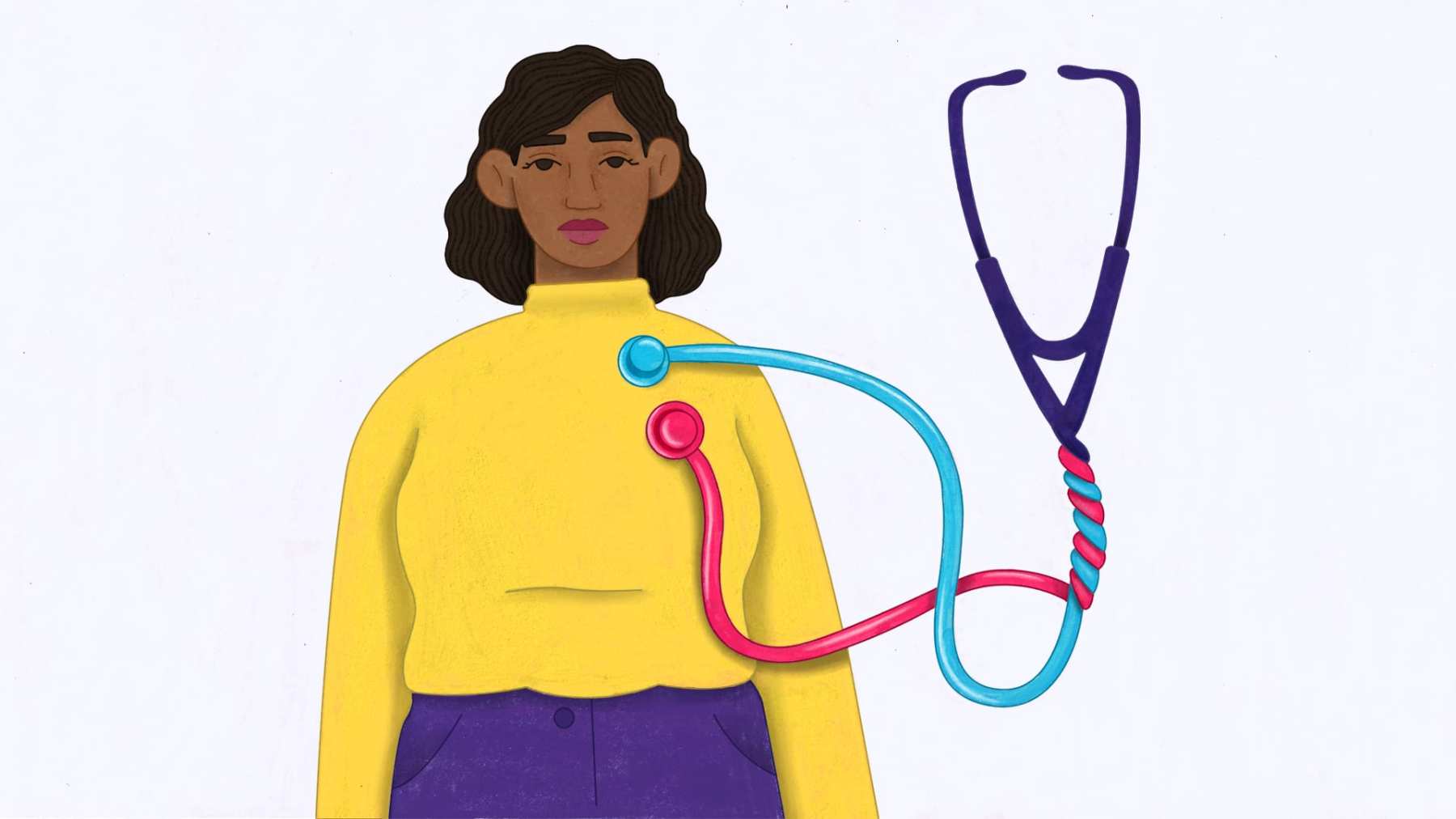As we enter the final stretch of the 2020 presidential campaign, voters point to health care and the pandemic as critical priorities in casting their ballots. So where do Democratic nominee Joe Biden and President Donald Trump fall on the issue?
“There has always been a sharp contrast between Republicans and Democrats on health care,” said Larry Levitt, a vice president at the Kaiser Family Foundation, a nonprofit health policy research group. “But the contrast is now as sharp as it’s ever been.”
Biden and Trump are now emphasizing their differences and where they stand on issues like health insurance, drug pricing, anti-discrimination protections and reproductive health.
Big picture, Biden’s platform underscores efforts to expand access to medical care, which could disproportionately affect women and trans people — though many of his proposals would require substantial congressional buy-in.
Meanwhile, Trump has touted an agenda that would ostensibly have a similar impact, but he hasn’t put forth many policies — or, in the past four years, taken the action — that would match that rhetoric.
68% of voters say health care is very important to their vote
Pew Research Center
“These candidates could not be more different. Their objectives are just completely different from each other,” said Linda Blumberg, a health policy analyst at the Urban Institute. “This is differentially going to affect women.”
The differences take on heightened salience now, as the death of Ruth Bader Ginsburg increases the likelihood of a dramatically reconfigured Supreme Court — one in particular less sympathetic to the Affordable Care Act.
The ACA
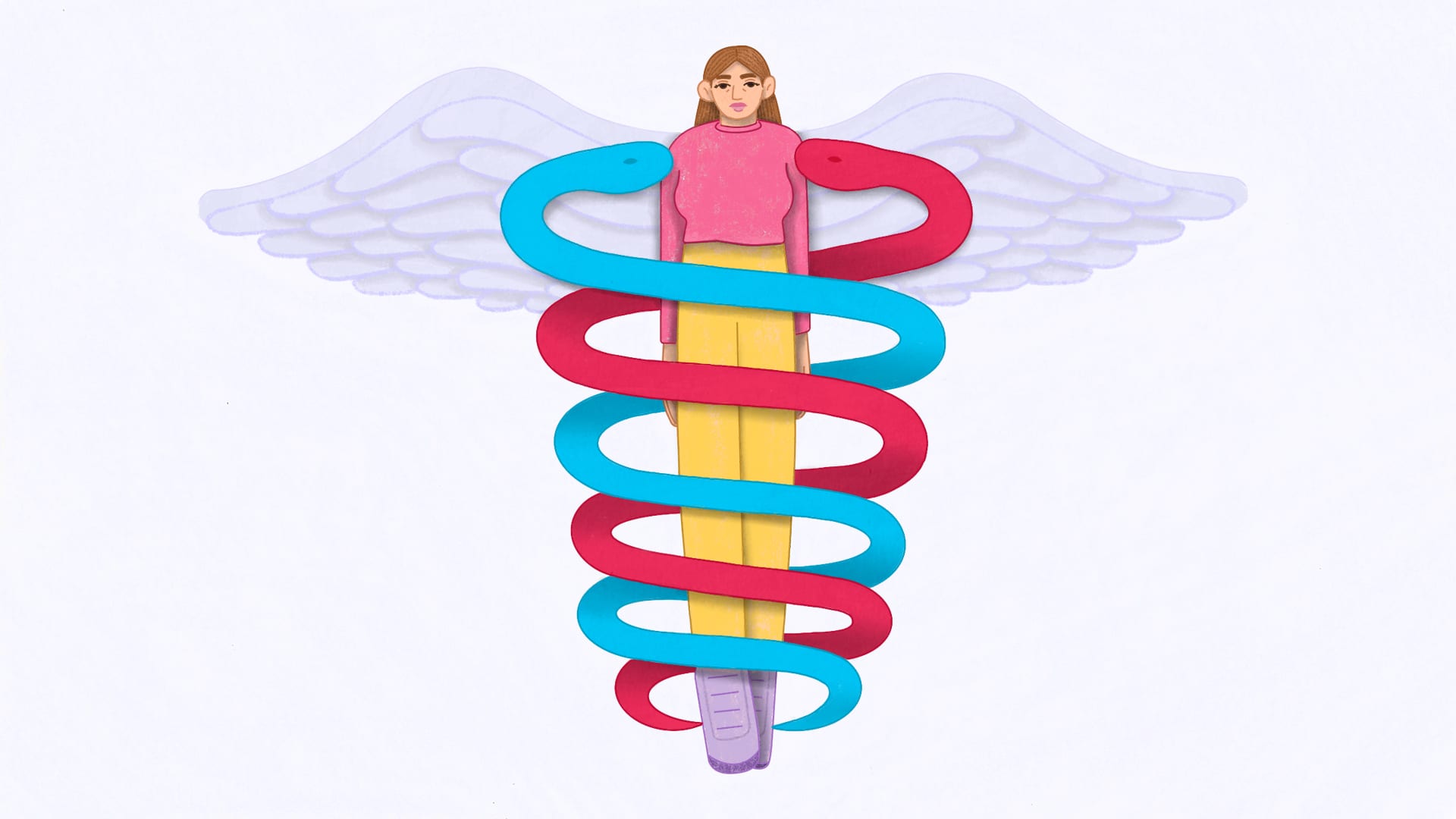
What is the Affordable Care Act?
The Affordable Care Act, also known as the ACA or “Obamacare,” is the 2010 health law that prohibited insurance from charging people more if they had a pre-existing medical condition; expanded access to coverage; and imposed stricter federal standards about what health insurance had to cover.
Trump and Biden are in sharp disagreement over its fate. Trump has long opposed the law, while Biden points to it as a centerpiece of his health agenda.
How did the ACA’s passage impact women and trans people?
Before the ACA’s passage, women were systematically more likely to pay higher insurance premiums. Plans often didn’t cover pregnancy-related costs or contraception. Women and trans people were more likely to have pre-existing conditions that could result in being denied coverage. Simply being transgender could be counted as a pre-existing condition.
By 2016, the number of uninsured women had fallen by nearly half.
Source: Commonwealth Fund
The health law banned gender-based price discrimination in health care, and mandated coverage of pregnancy services as well as preventive care, a category interpreted to include birth control.
How has the ACA changed under Trump’s administration?
As president, Trump has undercut some protections.
His administration issued regulations to loosen the contraceptive coverage mandate, and authorized types of health insurance that can discriminate based on medical history or not include pregnancy coverage.
It has also backed changing Medicaid to a block grant program. What would a block grant program do? States would receive a fixed amount of money for their own Medicaid programs and face fewer requirements over whom they must cover or to what extent. Experts agree that such a change would likely cut funding for Medicaid and result in less generous benefits.
What is Medicaid?
An assistance program jointly funded by the federal and state governments that provides health care to low-income people.How has Medicaid impacted pregnant people
Research shows that efforts to broaden insurance options, especially in states that didn’t expand Medicaid, would particularly benefit pregnant and postpartum people.Medicaid is the biggest single insurance program covering births, but, in non-expansion states especially, people often lose that coverage two months postpartum — even though they’re still at risk for physical or psychological complications.
“Anything that makes coverage more available and affordable and keeps protections in place would benefit women,” said Alina Salganicoff, a senior vice president and director of women’s health policy at KFF.
Trump has also favored Medicaid work requirements, which require people on the program to submit paperwork showing they have employment. (Most people on Medicaid are employed, but instituting requirements has been shown to result in more people losing insurance — without higher employment emerging.)
What is the future of the ACA under the Trump administration?
The Trump administration is currently arguing to the Supreme Court that the ACA should be struck down entirely. Legal writings from Amy Coney Barrett, Trump’s nominee to the Supreme Court, suggest an openness to that viewpoint, increasing the chances the law is undone. And despite repeatedly promising to do so, Trump hasn’t put forth any actual replacement plan that would maintain ACA protections.
Trump has released an executive order he says would maintain pre-existing condition protections, but experts called it symbolic, and noted it will do little without the support of actual federal statute.
What is Biden’s stance on the ACA?
Health care dominated the Democratic primary last winter — progressives like Bernie Sanders and Elizabeth Warren argued for a sweeping “Medicare for all” proposal, while Biden argued to expand on the ACA. Biden’s health plan, while less robust than the “Medicare for all” single-payer proposal, underscores efforts to expand access to medical care.
He would reverse the insurance regulations Trump issued. In terms of legislative change, he has said he would work to maintain the ACA, and has called for bigger subsidies for people who buy individual coverage on the marketplace; a “Medicare-like” public option run by the government with competitive pricing; and making coverage available to people who are uninsured because their states have not expanded Medicaid eligibility.
If enacted, Biden’s changes could disproportionately affect women, Blumberg said, since they are more likely to buy marketplace insurance.
Data from the Centers for Disease Control and Prevention also shows that, while women are somewhat less likely to be uninsured than men, those who lack insurance more often say the biggest barrier is coverage being unaffordable. Expanding access to health insurance and introducing more generous subsidies could help alleviate that issue.
Transgender people would also stand to benefit: Currently, a fifth are uninsured, more than double the national uninsured rate.
How does the ACA protect against gender discrimination?
Beyond its coverage expansions, the ACA’s Section 1557 established legal protections prohibiting health insurance plans and medical care providers from denying someone treatment based on sex.
Under the Obama administration, that was interpreted to include gender identity and sexual orientation.
What has the Trump administration done to protect against gender discrimination?
Trump has issued a new rule to walk back that Section 1557, arguing the law does not address discrimination based on gender identity or sexual orientation. But the implications aren’t yet clear. A New York-based district judge temporarily blocked the Trump rule in August, so it hasn’t yet taken effect.
Meanwhile, a June Supreme Court ruling held that a separate sex discrimination provision in the Civil Rights Act also included protections based on sexual orientation and gender identity — which, observers argue, increases the likelihood that Trump’s rule would also be struck down. But that’s no guarantee.
READ MORE: The Supreme Court ruled on a landmark LGBTQ rights case. The DOJ has yet to enforce it.
“If the current administration’s interpretations of the law were to be upheld by courts, I think they would have really damaging repercussions for vulnerable communities,” said Jocelyn Samuels, executive director of the UCLA-based Williams Institute and former head of the federal Office of Civil Rights under Barack Obama.
The White House did not directly answer how it would address gender discrimination in health care if given a second term.
What has Biden said he would do to protect against gender discrimination?
Biden pledged to restore the Obama-era 1557 anti-discrimination rule. And though the Trump campaign hasn’t outlined any agenda specifically addressing LGBTQ+ health, a second term would likely continue to limit federal protections for transgender people seeking health care, experts said.
Reproductive health
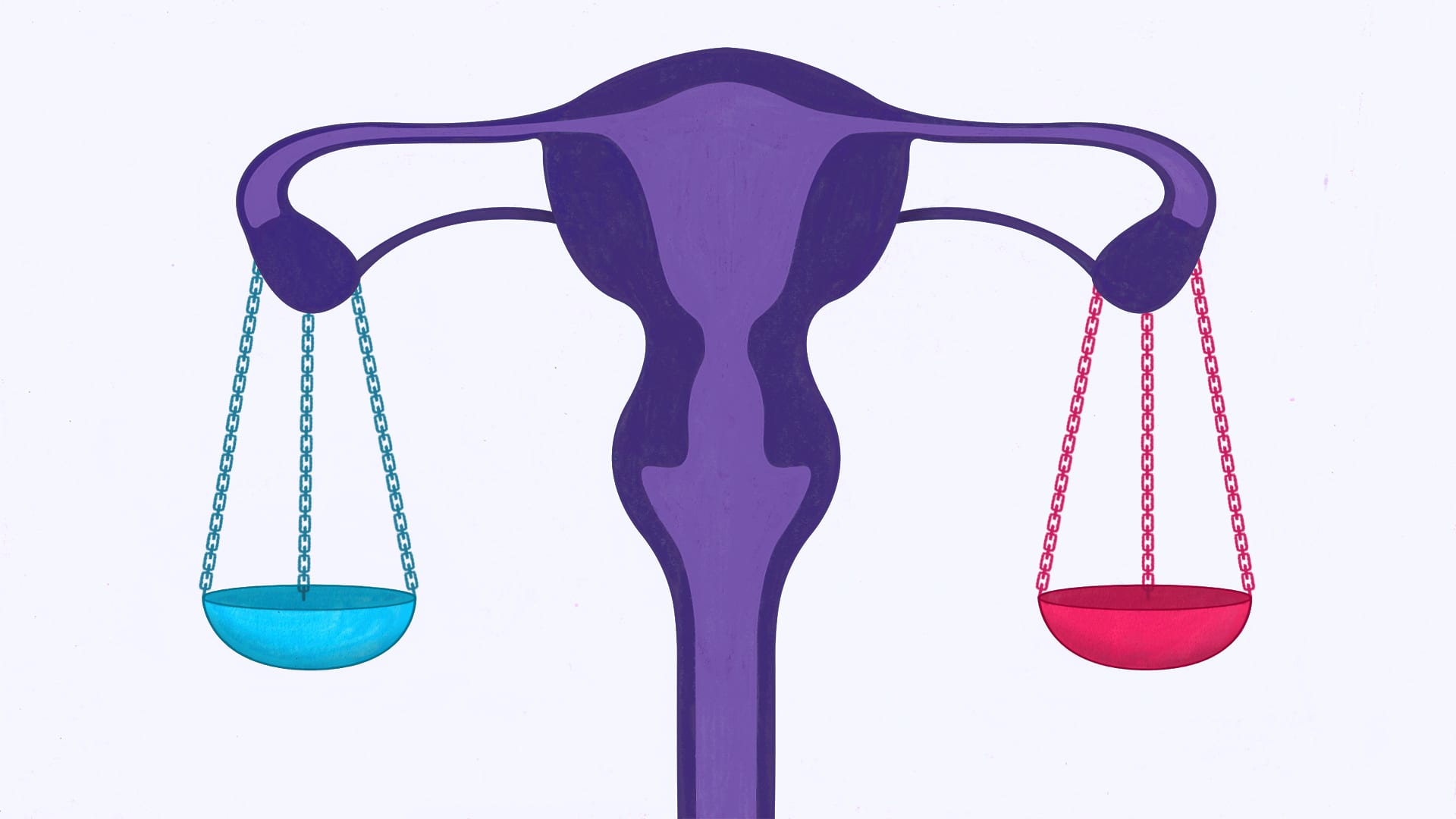
In particular, Barrett’s pending confirmation as a ninth Supreme Court Justice (and Trump’s third justice) has put a spotlight on the future of reproductive health care. Advocates on both sides argue that the outcome of this election could shape access to care including contraception and abortion.
The majority of women say abortion should be legal in all or most cases, and say that they would be less likely to vote for Trump if he picked a justice who supported overturning Roe V. Wade, the landmark case protecting abortion access.
What is Trump’s stance on reproductive health?
Trump’s reelection campaign has emphasized reproductive health as a top priority, citing efforts to scale back abortion access and issue broader exemptions so that employers don’t have to adhere to the ACA’s contraception coverage requirement. (Before joining the Republican Party, Trump said publicly he supported the right to have an abortion.)
The administration has also highlighted a rule that would allow health care providers to refuse to provide medical care if they had moral or religious objections, which would include procedures such as abortion and gender-affirming care. That rule was blocked last year by a federal judge and hasn’t taken effect.
What is Biden’s stance on reproductive health?
Biden has said he would undo many of the changes introduced by Trump, including restoring funding from Title X, the federal family planning program, for Planned Parenthood, as well as enforcing requirements that state Medicaid programs cover its services.
Biden has also said he would narrow the scope of exemptions for the ACA’s contraception mandate, and leverage the Justice Department to block state-based laws restricting abortion access. He has also said he would pick justices likely to support abortion rights, and would seek to pass legislation codifying Roe v. Wade’s protections.
What role will the Supreme Court play in the future of reproductive health?
Experts agree that Barrett’s likely confirmation increases the odds that the court will either strike down Roe v. Wade or roll back its protections.
The opportunity could come soon. Several state-based laws that would limit abortion access are currently being challenged in lower courts, with abortion rights activists arguing they violate Roe v. Wade’s protections. If one makes it to the Supreme Court, a more conservative bench increases the likelihood of a ruling upholding greater abortion restrictions.
That could also have implications for Trump’s efforts to defund Planned Parenthood — cutting it out of the federal family planning program — and to create more exemptions around whether health care providers must provide abortions, or transgender affirming care. Virtually all of Trump’s rules and policies around reproductive health have faced court challenges.
Pregnancy-related deaths
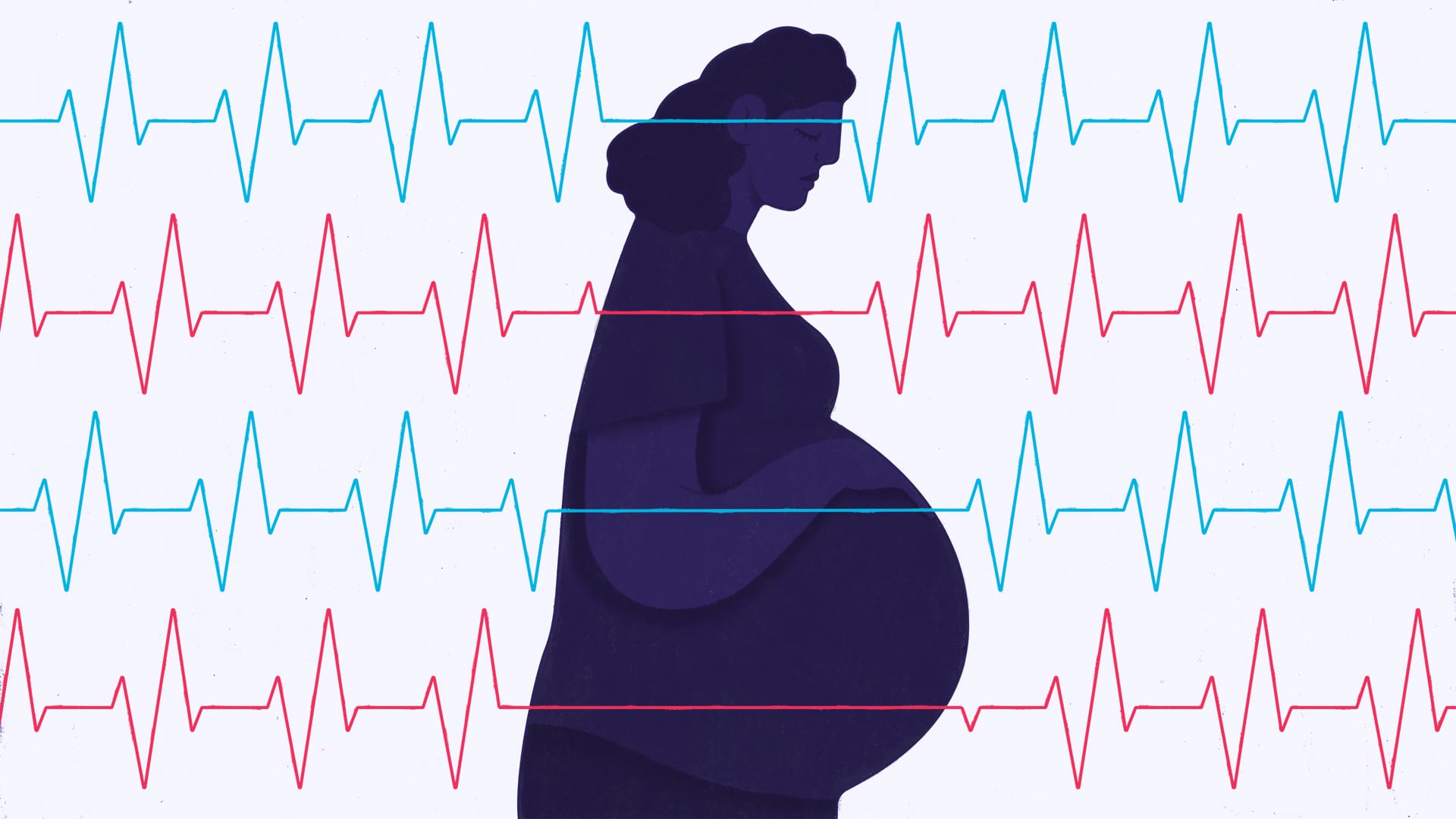
The United States’ death rate for pregnant and postpartum people is among the worst of other wealthy nations, or 17.4 maternal deaths per 100,000 live births in 2018, according to data from the CDC. A third of those deaths occur a week to a year after pregnancy, and most are preventable.
What is Trump’s stance on pregnancy-related deaths?
In the past four years, the administration has created some programs meant to improve access to obstetrician care and put more funding into collecting mortality data. This August, the Centers for Disease Control and Prevention launched a public awareness campaign addressing the role implicit bias plays in driving Black pregnancy-related deaths. But the Trump campaign hasn’t laid out an explicit plan for combating the nation’s crisis around pregnancy-related deaths.
“There are some initiatives. Whether that constitutes a plan for maternal health is a broader question,” said Usha Ranji, an associate director at KFF.
Simultaneously, she added, efforts to shrink the Medicaid program have an outsized impact on pregnant and postpartum people.
READ MORE: Pregnancy-related death is a national crisis. Medicaid expansion could help address that.
What is Biden’s stance on pregnancy-related deaths?
The campaign has also highlighted pregnancy-related mortality as part of its health care agenda. Many health advocates say picking Sen. Kamala Harris as his running mate suggests a potential openness to tackling the crisis and prioritizing reproductive health at large.
If elected, Biden has suggested his administration would replicate strategies that have been deployed in California, where the rate of pregnancy-related deaths was cut in half between 2006 and 2013.
Prescription drugs
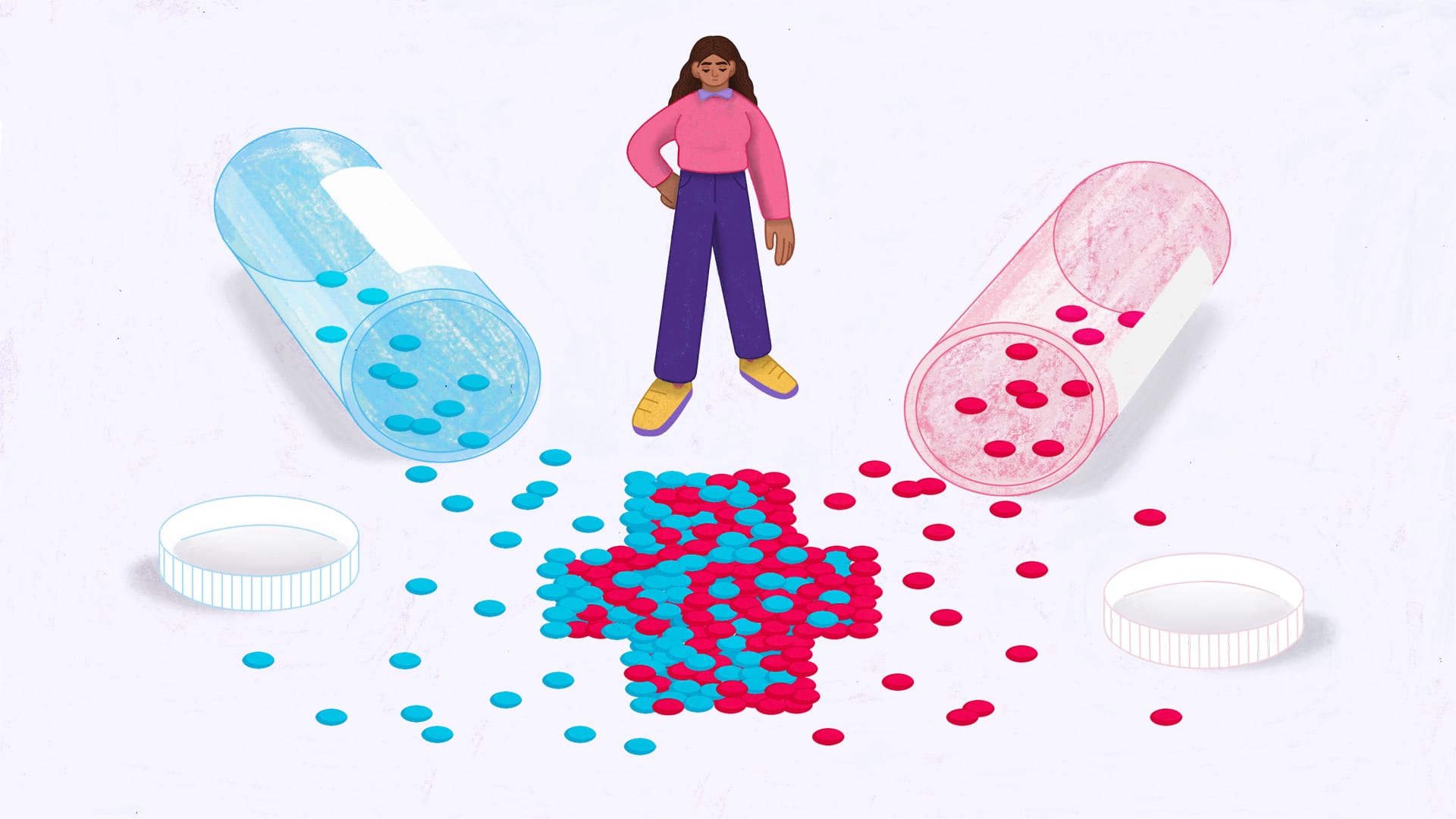
Americans have for years identified prescription drug prices as a major concern — before the coronavirus pandemic, the issue consistently emerged as voters’ top health care priority. A bipartisan majority back aggressive government action to bring down drug prices.
How do drug prices affect women?
As of February, prices had gone up for more than 2,500 drugs in 2020 alone, while only 7 drugs had prices go down. Polling from this spring found two-thirds of American adults had seen their prescriptions grow more expensive since 2017.
And, the data shows, the impact is gendered.
1 in 4 non-elderly women skipped a prescription because it was too expensive, compared to 1 in 7 men.
In 2017, the most recent year for which government data is available, women were more likely than men to forego prescriptions because of the price. A study published this August found that 1 in 4 non-elderly women skipped a prescription because it was too expensive, compared to 1 in 7 men. Polling from last fall also reflected a gender gap: 27.5 percent of women said they couldn’t pay for a prescription within the prior 12 months, compared to 18.1 percent of men.
Researchers haven’t been able to clarify where the gender gap comes from, though higher incidence of chronic conditions — even for women younger than 65 — could play a role. Drug prices are also a greater barrier not only for people without insurance, but also for people who have high-deductible health plans, which means they have to pay more out of pocket before insurance kicks in. Women appear more likely than men to have such coverage.
27.5 percent of women said they couldn’t pay for a prescription within the prior 12 months.
Where does Trump stand on drug prices?
Trump has put forth plans to ostensibly bring down prices. His administration has touted a record-number of generic drugs being approved as well as a series of new executive orders that would, for instance, allow some drugs to be imported from Canada. The executive orders would also require that Medicare Part B (which covers hospital-administered drugs) pays the same, lower prices that other countries do.
But none of those changes appear to have had any impact. In theory, generic drugs would give consumers lower-cost options, but as of 2019, almost half of the drugs approved weren’t available for sale in the United States, meaning people couldn’t actually buy the cheaper products. Meanwhile, the executive orders have not taken effect, and it’s unclear if or when they would. There’s also an approved initiative to let states import some drugs from Canada, but states need to apply, and it’s unclear how much it would save
Last winter, though the Democrat-run House of Representatives passed a sweeping bill intended to bring down drug prices, the White House has called it a non-starter.
“It’s sort of like the boy who cried wolf,” said Stacie Dusetzina, an associate professor of health policy at Vanderbilt University School of Medicine. “You hear, ‘Oh, we’re doing these things to address drugs prices, we’re doing these things to address costs to patients.’ But everything that has been put forward had really no legitimate path forward, or would have very minimal benefits for patients, or has actually not been a real thing.”
Where does Biden stand on drug prices?
Biden’s plan, if enacted, could address much of the drug-pricing crisis, she said. His agenda includes allowing Medicare to negotiate for lower drug prices, limiting the extent to which drugs covered by public health insurance can raise their price-tags, and setting up an independent panel to assess the value of new drugs, especially ones that offer potential breakthroughs in medical care, and then set a fair price.
But those big changes would require cooperation from Congress, which is not guaranteed — especially given the potency of the pharmaceutical lobby.
“Something getting through Congress feels like an enormous hurdle,” Dusetzina said.
Mental health care and substance abuse
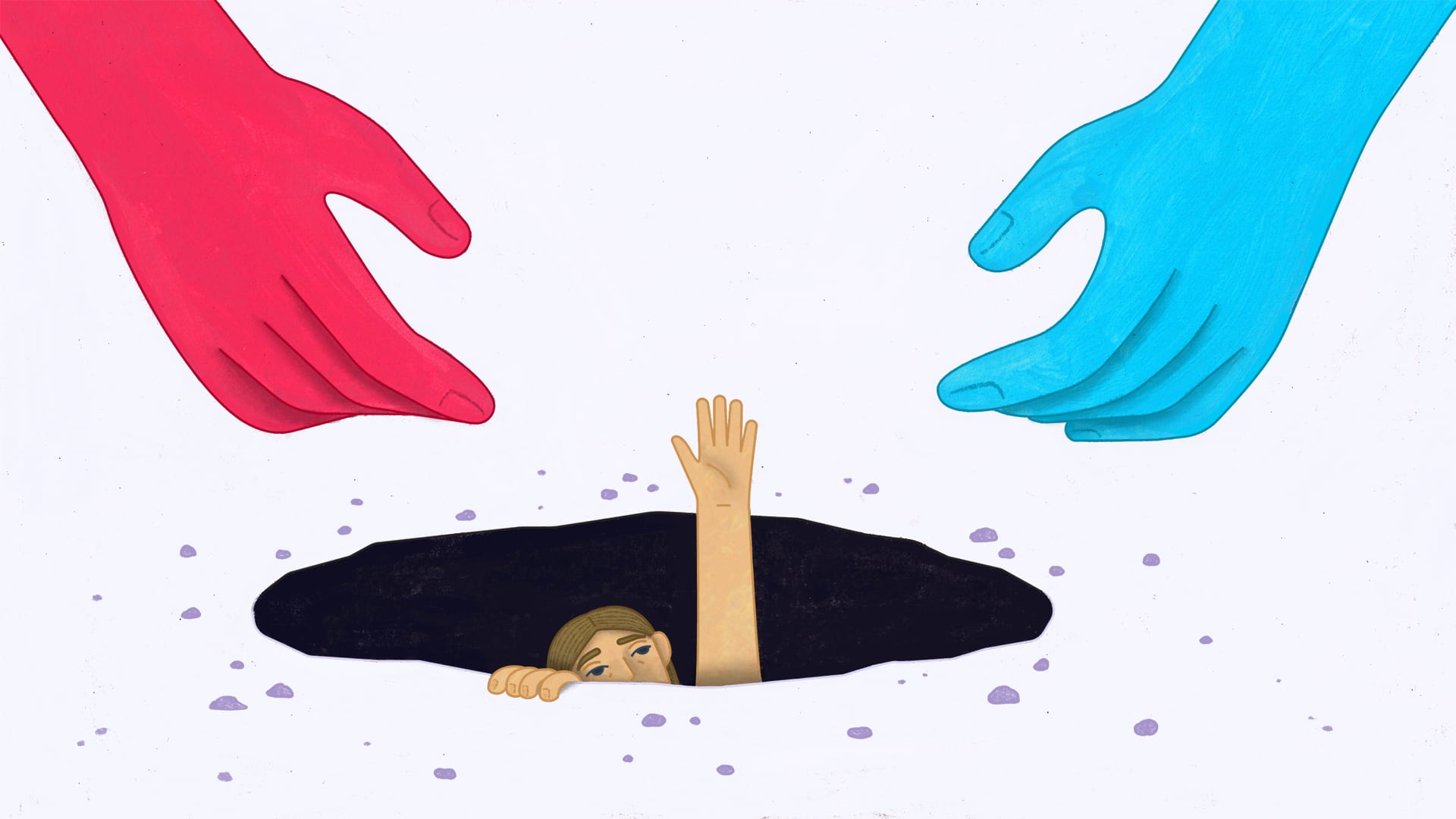
Both depression and anxiety were already far more prevalent in women and data has shown that the pandemic has exacerbated that disparity. As of mid-July, 44 percent of women reported symptoms of at least one of the conditions, compared to 36 percent of men. About 30 percent of women indicated symptoms of only depression, compared to 26 percent of men; for only anxiety, the gap was 39.4 percent versus 31.5 percent.
READ MORE: The pandemic has strained the mental health of the most vulnerable
Race further exacerbates the issue. Since the end of April, Black and Latina women have been generally more likely than White women to report symptoms of depression or anxiety: at the end of June, 47.9 percent of Latina women and 45.8 percent of Black women reported symptoms of at least one condition, compared to 38.7 percent of White women, according to data the CDC shared with The 19th.
What is Trump’s stance on mental health care and substance abuse?
Trump hasn’t thus far outlined any agenda on mental health care access; when asked, a White House spokesperson suggested that doing so would get ahead of forthcoming remarks by the president. Last year, he made remarks that he would like to build mental health institutions, which have been outlawed for years, for people with severe conditions.
Trump has emphasized opioid addiction, a health crisis in which overdose rates have increased far faster among women than men. But the president’s record is mixed. Although his administration has put billions of dollars toward combating the opioid crisis, the numbers fall short of the $10 billion per year experts say is needed. And Trump declared the epidemic was a “public health emergency,” but nonpartisan government watchdogs found that doing so didn’t actually achieve much: Overdose deaths did fall in 2018, but they went up again last year.
And critically, Trump’s proposed cuts to Medicaid could undermine access to treatment, since Medicaid is the biggest single payer for both mental health care generally and opioid addiction treatment specifically. Plus, if the ACA is overturned, anxiety and depression could both be treated as pre-existing conditions — meaning people who experience either would likely be subject to more expensive insurance.
What is Biden’s stance on mental health care and substance abuse?
Biden has said his administration would put more money into mental health services and better enforce laws that require health insurance cover mental health and physical health equally — though he hasn’t specified how much money or what that would look like.
His opioid addiction plan calls for, among other changes, $125 billion over a decade to fund treatment, prevention and long-term recovery services, and policies to limit unnecessary prescribing of addictive painkillers.
THE 19TH EXPLAINS: Everything you need to know about voting and Election Day 2020
